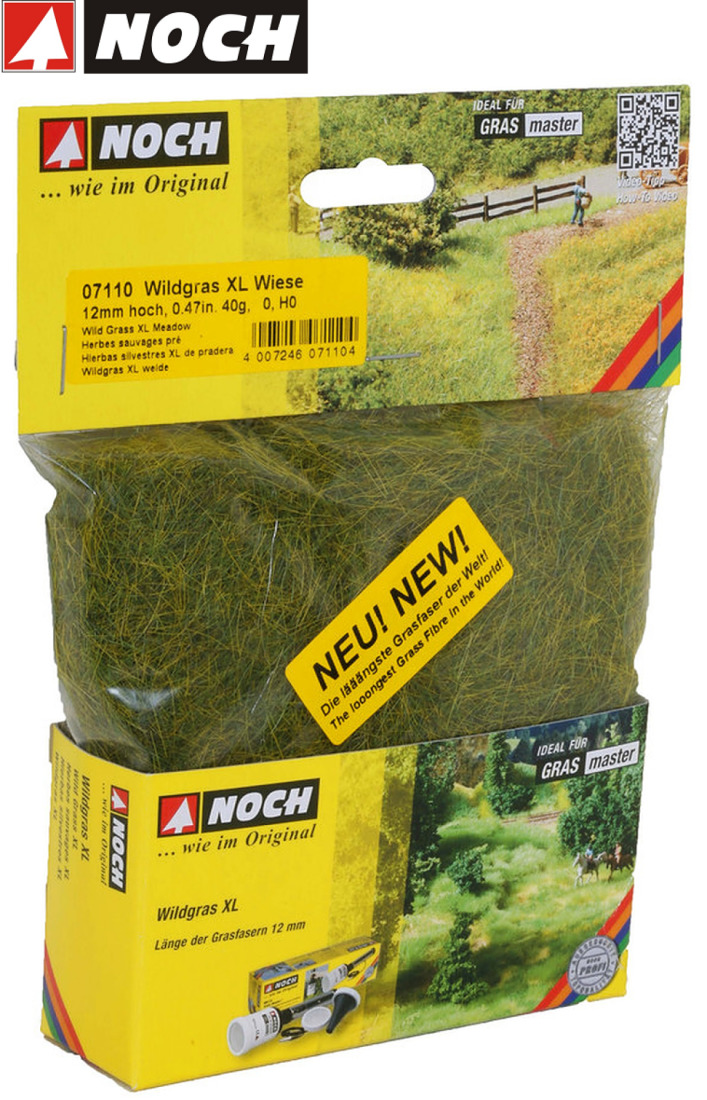
Introduction: The Vital Role of Grasses
Grasses, part of the Poaceae family, play a crucial role in our ecosystem. They cover approximately 40% of the Earth’s land surface and provide essential services, including soil stabilization, carbon sequestration, and habitat for wildlife. Understanding grasses’ importance and versatility is vital as we face environmental challenges such as climate change and land degradation.
Ecological Benefits of Grasses
Grasses are foundational to various ecosystems, notably grasslands and savannas. They serve as primary producers, converting sunlight into energy through photosynthesis. In turn, they support a myriad of species, from insects to large herbivores, which depend on them for food. For example, the African savanna, home to iconic wildlife like elephants and lions, thrives due to the diverse grass species that provide sustenance and shelter.
Grasses in Agriculture
Agriculture relies heavily on grasses, particularly cereal crops such as wheat, rice, and corn, which are staple foods for much of the world’s population. Recent studies have shown that sustainable grassland management can enhance food security while promoting biodiversity. Farmers are increasingly adopting techniques like rotational grazing and cover cropping, fostering healthier soil ecosystems and improving productivity.
Grasses in Landscape Design
Grasses are also popular in landscape design, offering aesthetic appeal and functional benefits. Ornamental grasses are often used in gardens and public spaces for their low maintenance and drought-resistant qualities. Cities are beginning to incorporate grasses into urban planning, enhancing green spaces and helping mitigate heat while improving air quality.
Future Perspectives
As we look to the future, the significance of grasses will only grow. With climate change presenting challenges, such as increased extreme weather events and changing agricultural zones, understanding grasses’ resilience and adaptability will be crucial. Research into grass species that can withstand drought or flooding is ongoing, providing hope for sustainable futures in both agriculture and natural landscapes.
Conclusion: Grasses Matter
Grasses are more than just a backdrop in our environment; they are essential components that sustain life, culture, and food systems. As awareness of their ecological and economic value increases, it is imperative that we prioritise the conservation and responsible management of grasslands. The future of our planet may very well depend on these often-overlooked plants and their myriad contributions to global health and sustainability.
You may also like

Understanding Mosquera Wolves and Their Conservation Needs

The Fascinating World of Eagles
